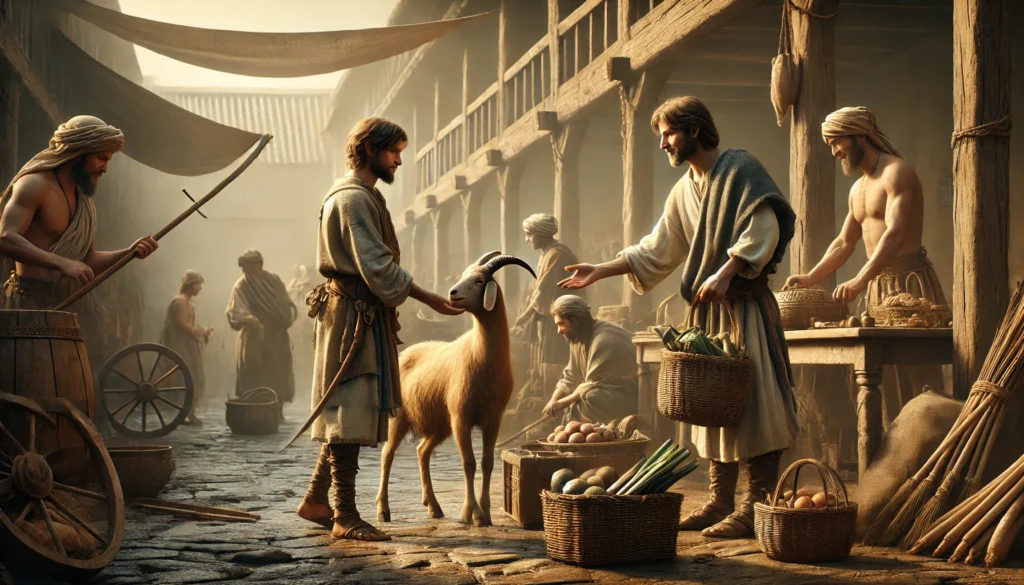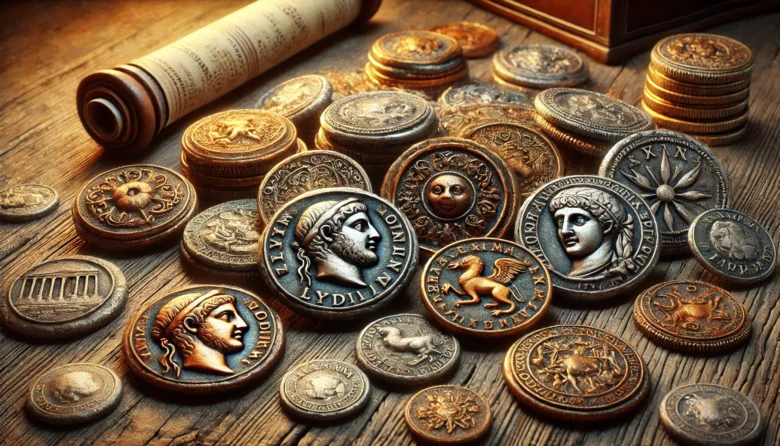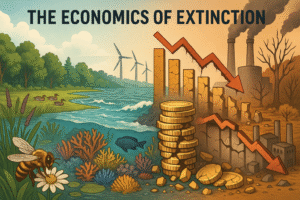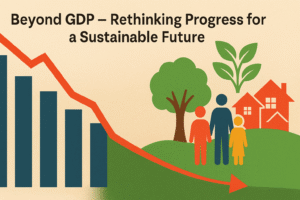Did you know that the world’s first economic system revolved around trading goods like livestock and grains instead of using money? This fascinating journey from barter systems to today’s blockchain-based economies is a testament to human innovation.
Throughout history, humanity has evolved countless ways to trade, save, and grow wealth. From the simplicity of bartering goods to the complex world of blockchain technology, economic systems have undergone remarkable transformations. In this blog, we’ll explore how these systems developed, highlighting key milestones and their impacts on society.
The Barter Era: Trading Without Money
The foundation of early economic systems rested on bartering goods and services directly. People exchanged goods and services directly—a cow for grain, a tool for labour. While functional in small, close-knit communities, bartering had limitations. It required a “double coincidence of wants,” meaning both parties had to desire what the other offered.
Example:
Imagine a potter needing wheat but only finding a farmer who wants shoes instead of pots. This inefficiency drove the search for more universal mediums of exchange.

The Birth of Money: Coins and Currency
Around 600 BCE, the first coins made of precious metals like gold and silver emerged in Lydia (modern-day Turkey). Unlike barter, money simplifies transactions by assigning a standard value to goods and services. This innovation spurred trade across regions, creating more interconnected early economies.
Anecdote:
The Roman Empire, for example, used coins with the emperor’s image, solidifying both economic and political unity.
The advent of paper money during the Tang Dynasty in China (7th century) gave economies even greater flexibility. These lightweight alternatives to coins made large transactions easier, fostering international trade.
Banking and Credit Systems
By the late Middle Ages, banking institutions began to rise. Merchants needed secure places to store wealth and reliable systems to borrow money for ventures. The Medici family in Renaissance Italy played a pivotal role by establishing banking practices like double-entry bookkeeping.
Case Study: The Rise of Credit
Credit systems enabled businesses to expand and innovate during the Industrial Revolution. Companies like the East India Company leveraged financial systems to fund voyages and trade, marking the early days of global commerce.
The Industrial Era: Capitalism Takes Hold
In the 18th and 19th centuries, capitalism emerged as the dominant economic model. Driven by industrialization, economies transitioned from agrarian to manufacturing-based systems. The free market—where supply and demand dictated prices—became central to economic theory, as championed by economists like Adam Smith.
Key Example:
The steam engine revolutionized production, allowing factories to produce goods at unprecedented scales. Nations like Britain and the United States flourished under capitalist principles.
The Digital Age: The Rise of Technology in Economics
The 20th century introduced computers and the internet, reshaping economies once again. Digital banking, e-commerce, and electronic payments became the norm. Companies like PayPal (an online payments platform) and Amazon (a global e-commerce giant) showcased how technology could disrupt traditional economic systems.
Anecdote:
The 2008 global financial crisis exposed weaknesses in the banking system, opening doors for decentralized solutions such as cryptocurrencies.
Blockchain and Cryptocurrencies: The Future of Money?
Blockchain technology, introduced with Bitcoin in 2009, marked a revolutionary shift. This decentralized ledger allows secure, transparent transactions without intermediaries. Cryptocurrencies—digital currencies powered by blockchain—offer a potential alternative to traditional banking systems.
Real-World Impact:
Governments like El Salvador have adopted Bitcoin as legal tender, while companies such as Tesla (an electric vehicle manufacturer) have explored crypto payments. Blockchain’s applications extend beyond currency, influencing supply chains, voting systems, and more.
Challenges and Considerations
Despite its promise, blockchain faces hurdles. Energy-intensive mining processes, regulatory uncertainty, and concerns about scalability must be addressed for widespread adoption. Similarly, earlier economic systems encountered challenges—from inflation in coin-based economies to inequities in capitalist markets.
Conclusion
The evolution of economic systems from barter to blockchain reflects humanity’s resilience and ingenuity. Each stage—whether trading goods, minting coins, or coding cryptocurrencies—has shaped societies in profound ways. As we embrace the blockchain era, it’s essential to learn from history and strive for inclusive, sustainable systems that benefit everyone.
What will the next chapter in economic evolution bring? Only time will tell, but it’s clear that innovation will continue to drive progress.
Author’s Note
Thank you for joining me on this journey through economic history. Understanding our past is crucial to navigating the future. Let’s continue to explore, question, and innovate together.
G.C., Ecosociosphere contributor.
References and Further Reading
- The History of Money – History.com
- Understanding Blockchain Technology – Investopedia
- Unearthing Ancient Civilizations: The Lost Stories of Mesopotamia | History of Yesterday. https://historyofyesterday.com/unearthing-ancient-civilizations-the-lost-stories-of-mesopotamia/





Comments
This is the right blog for anyone who wants to find out about this topic. You realize so much its almost hard to argue with you (not that I actually would want…HaHa). You definitely put a new spin on a topic thats been written about for years. Great stuff, just great!